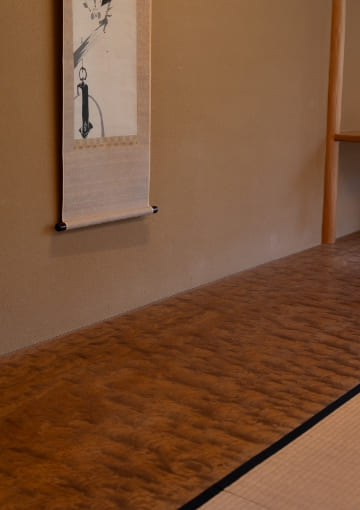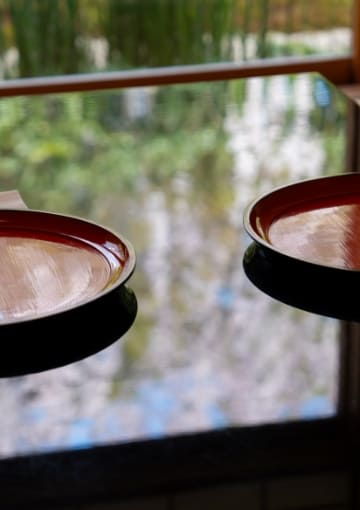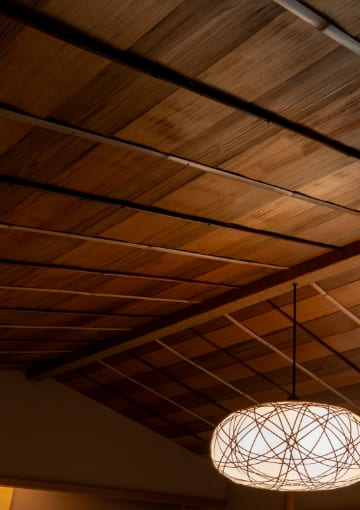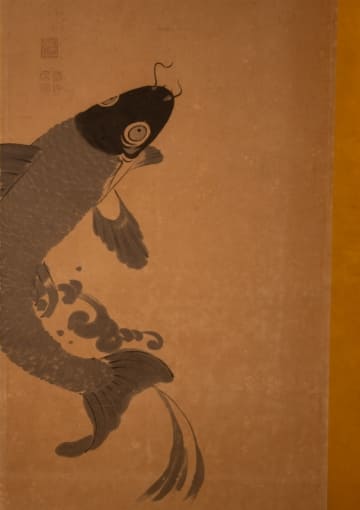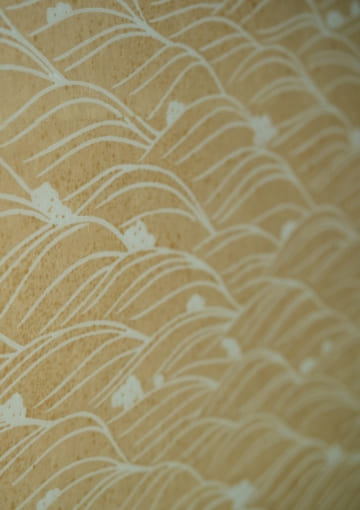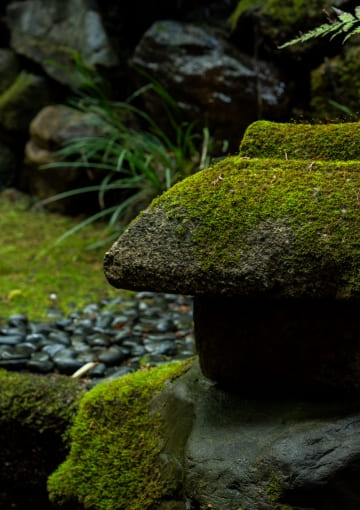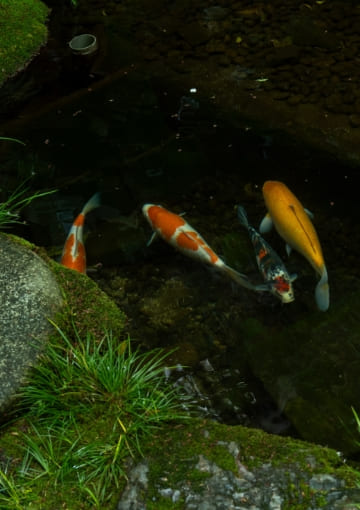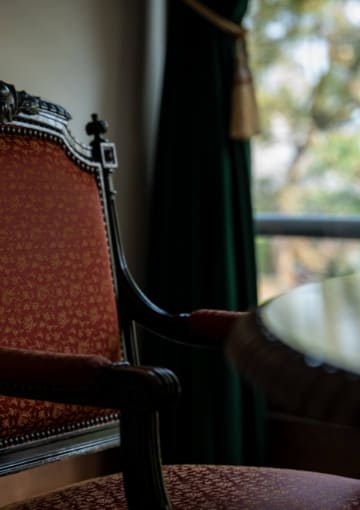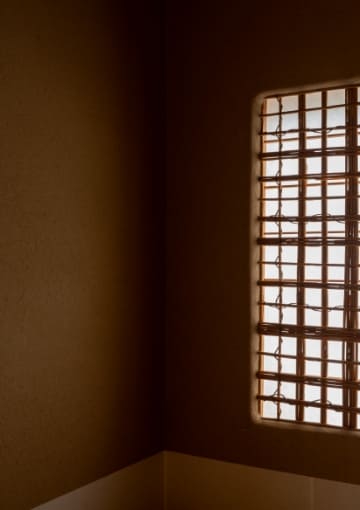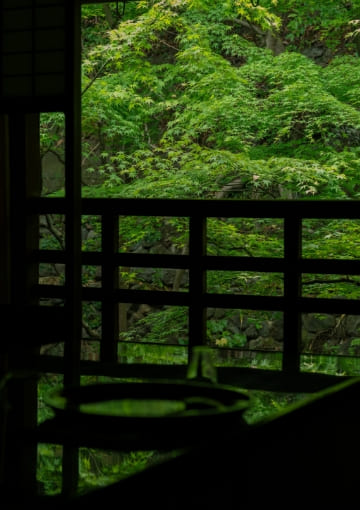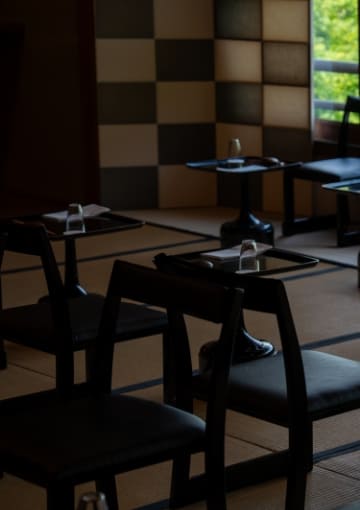葵の間 AOINOMA 2
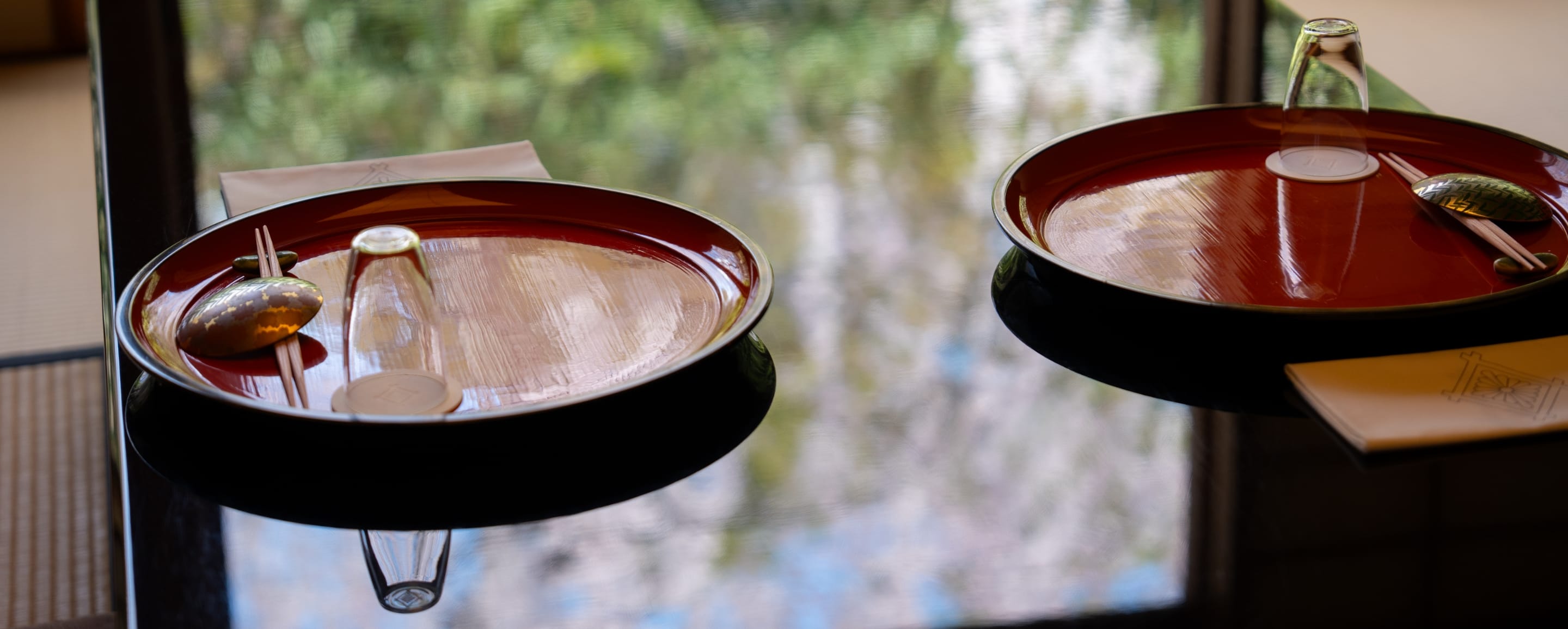
四季折々の自然を映す、
庭屋⼀如の心。
庭と建物を⼀体として調和を重んじる「庭屋⼀如(ていおくいちにょ)」という考え⽅があります。日本古来の建築思想であり、「家庭」という言葉にもつながっています。あえて広縁を設けず、座敷のすぐ間近に庭が広がる、葵の間。時折、木々を揺らす風の音や鳥のさえずりが聞こえ、枯山水の庭には桟橋に見立てた古木、亀の石像といった茶目っ気もあり、心和まされます。
The heart of a house & garden rolled into one, reflecting the nature of each season
The concept teioku-ichinyo emphasizes harmony between a house and garden rolled into a single entity. This traditional Japanese architectural concept leads to the Japanese word katei, (meaning ‘family,’ which is comprised of the Japanese character for ‘house,’ and ‘garden’). Designed without a garden-side corridor, Aoi-no-ma (literally the ‘hollyhock room’) has a garden that extends directly from the edge of its tatami lined room. Guests can enjoy the sound of wind rustling through the trees and birdsong at intervals. The Japanese dry garden features whimsical touches, such as an old piece of wood in the likeness of a landing, and a stone turtle, all of which help to soothe the mind.
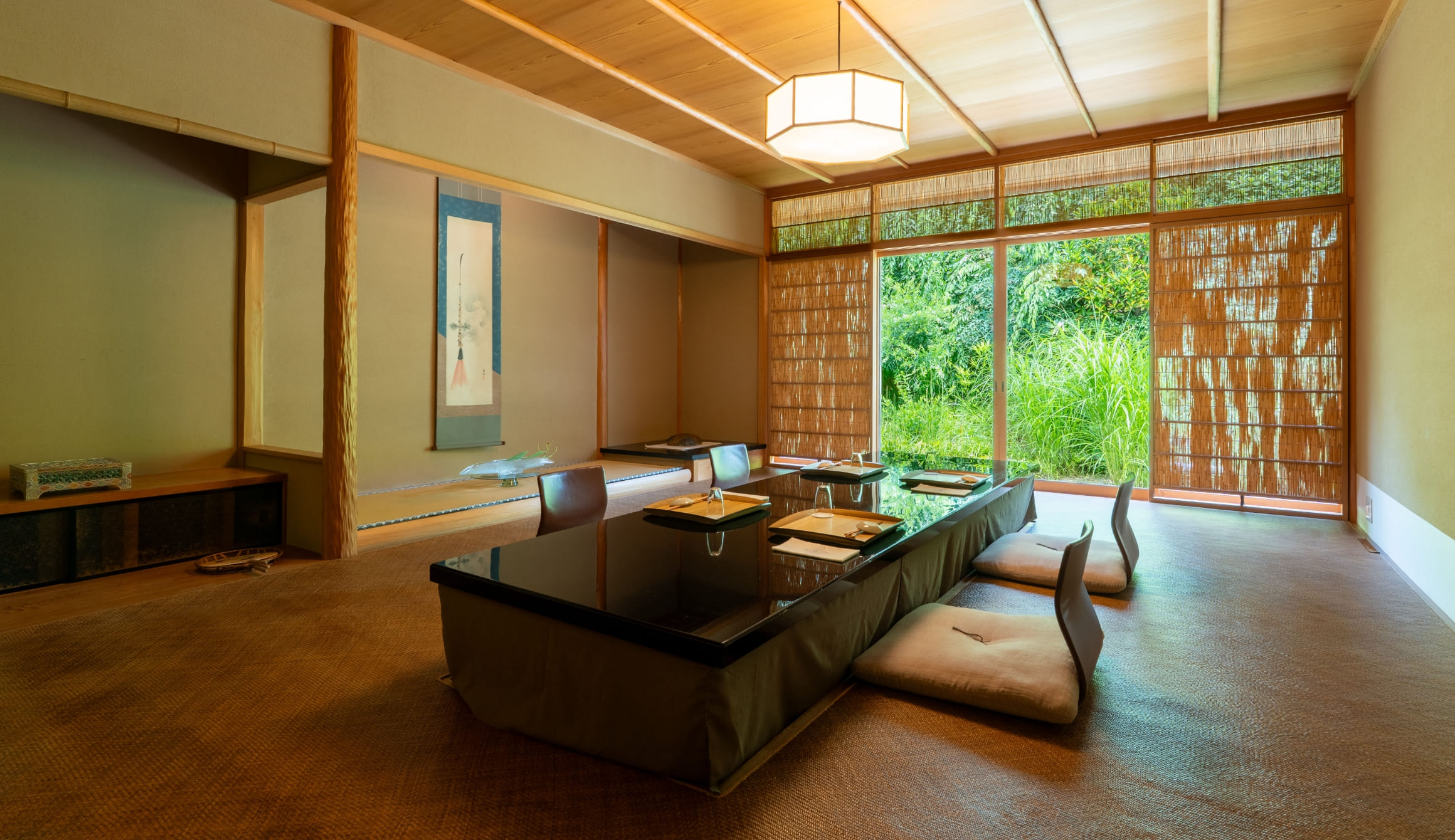
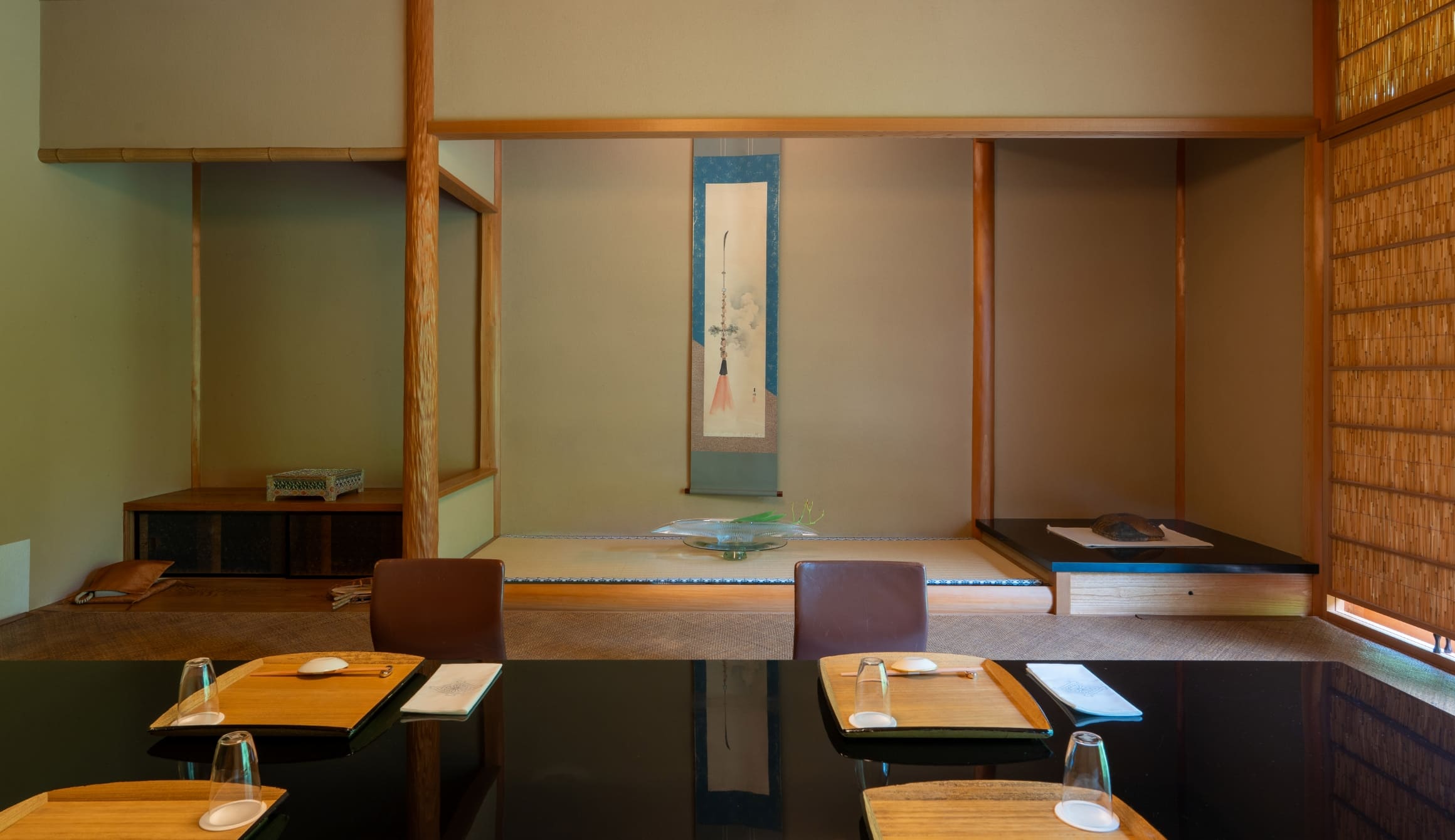
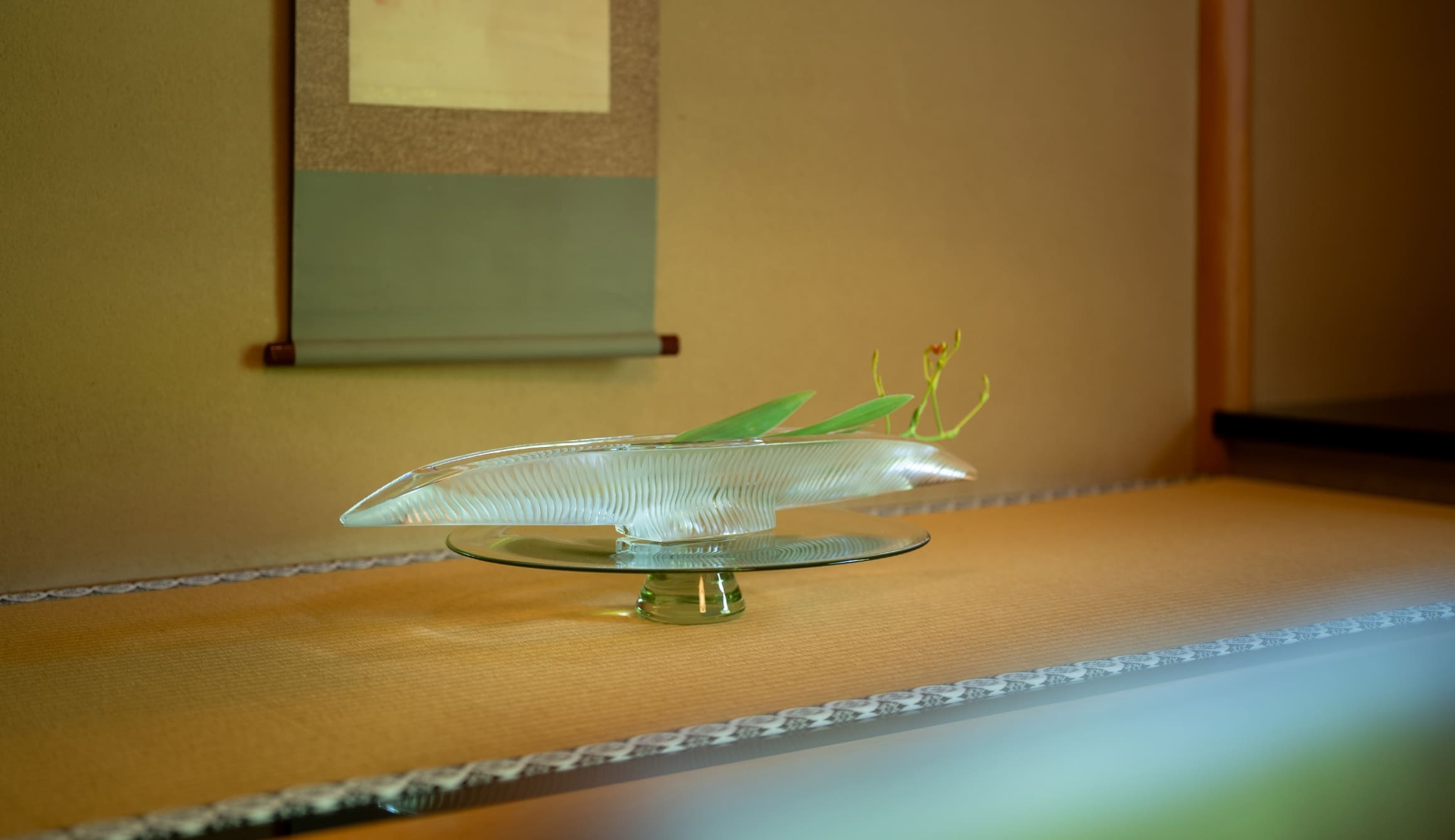
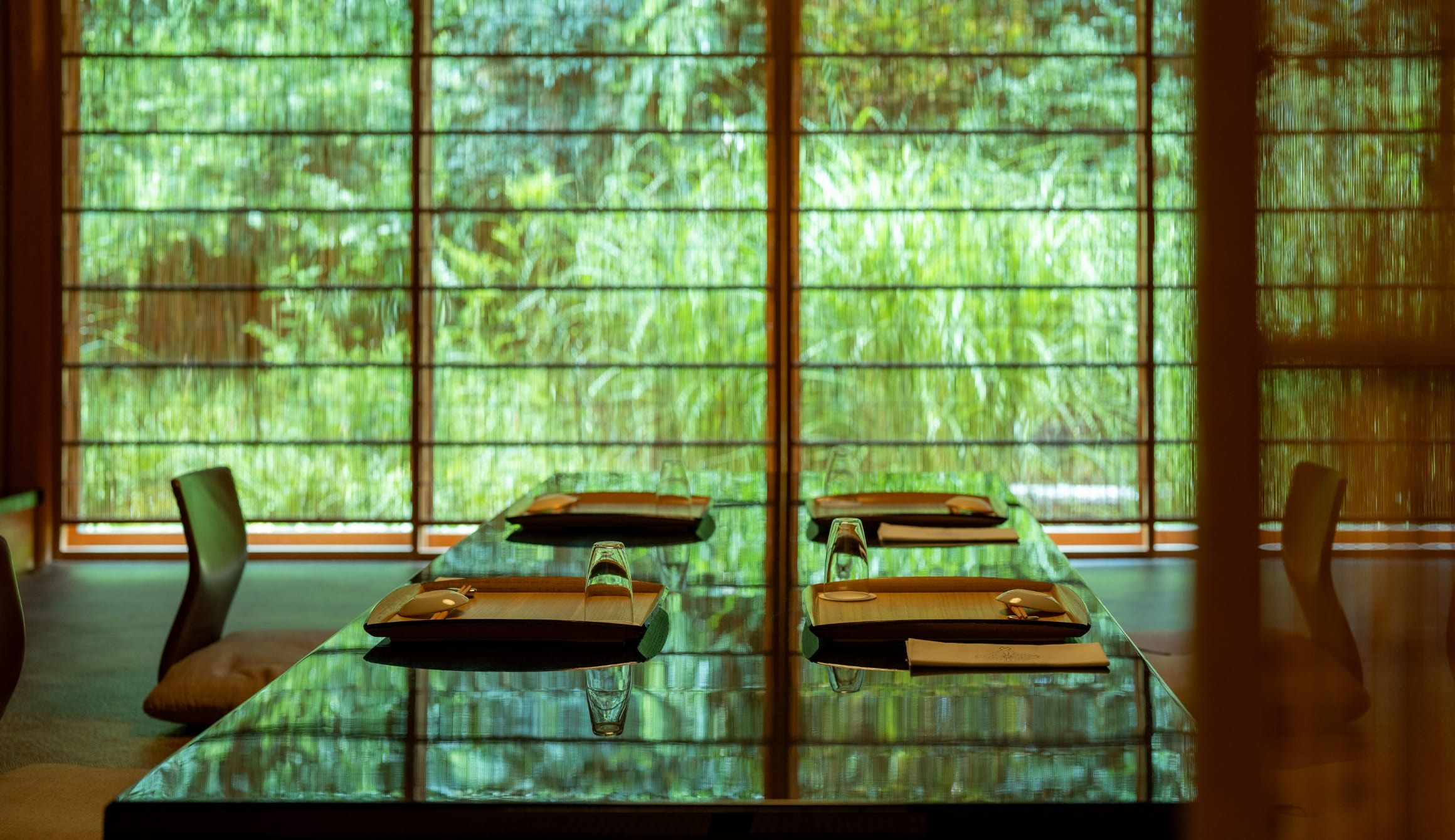
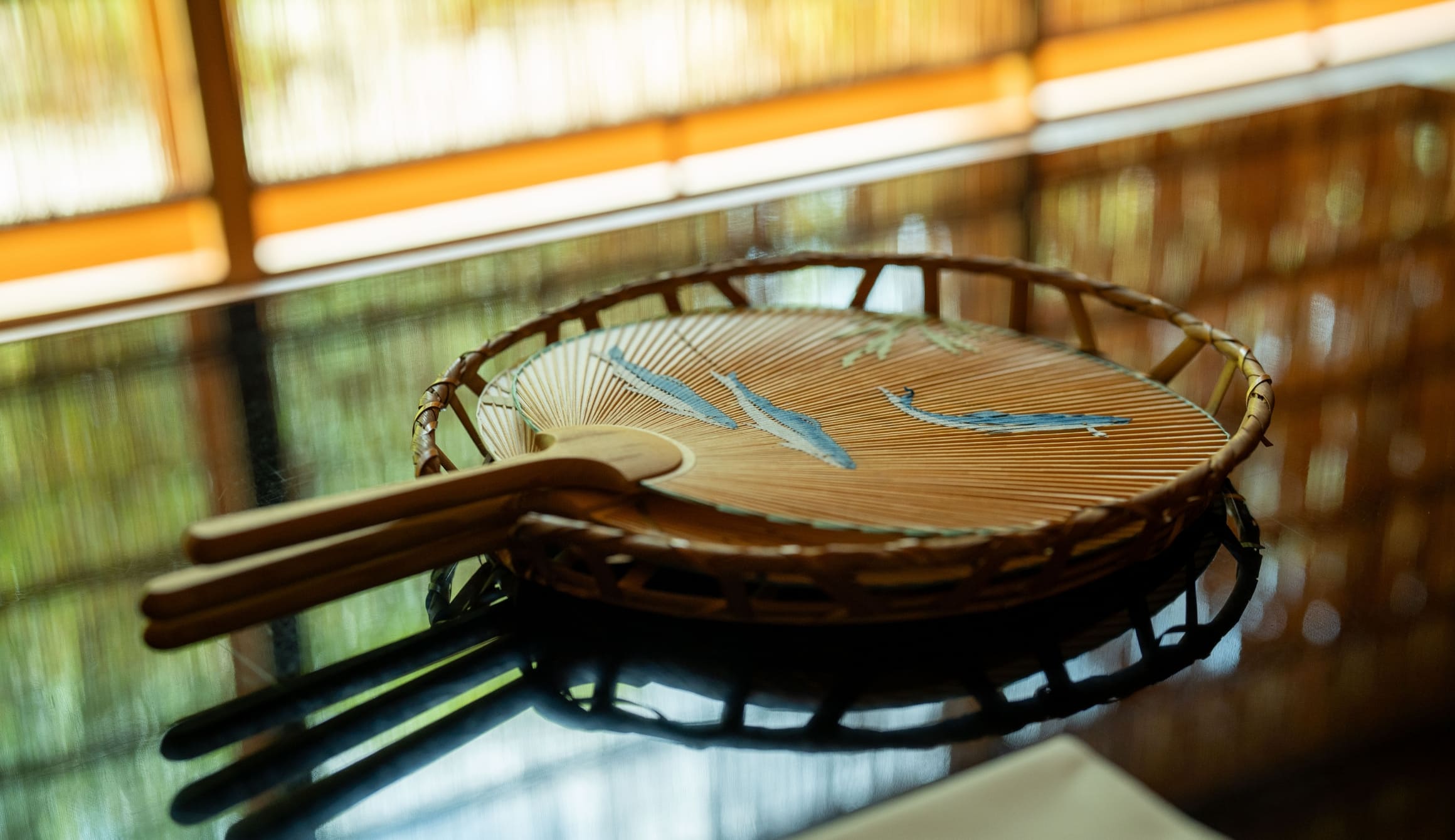
Details
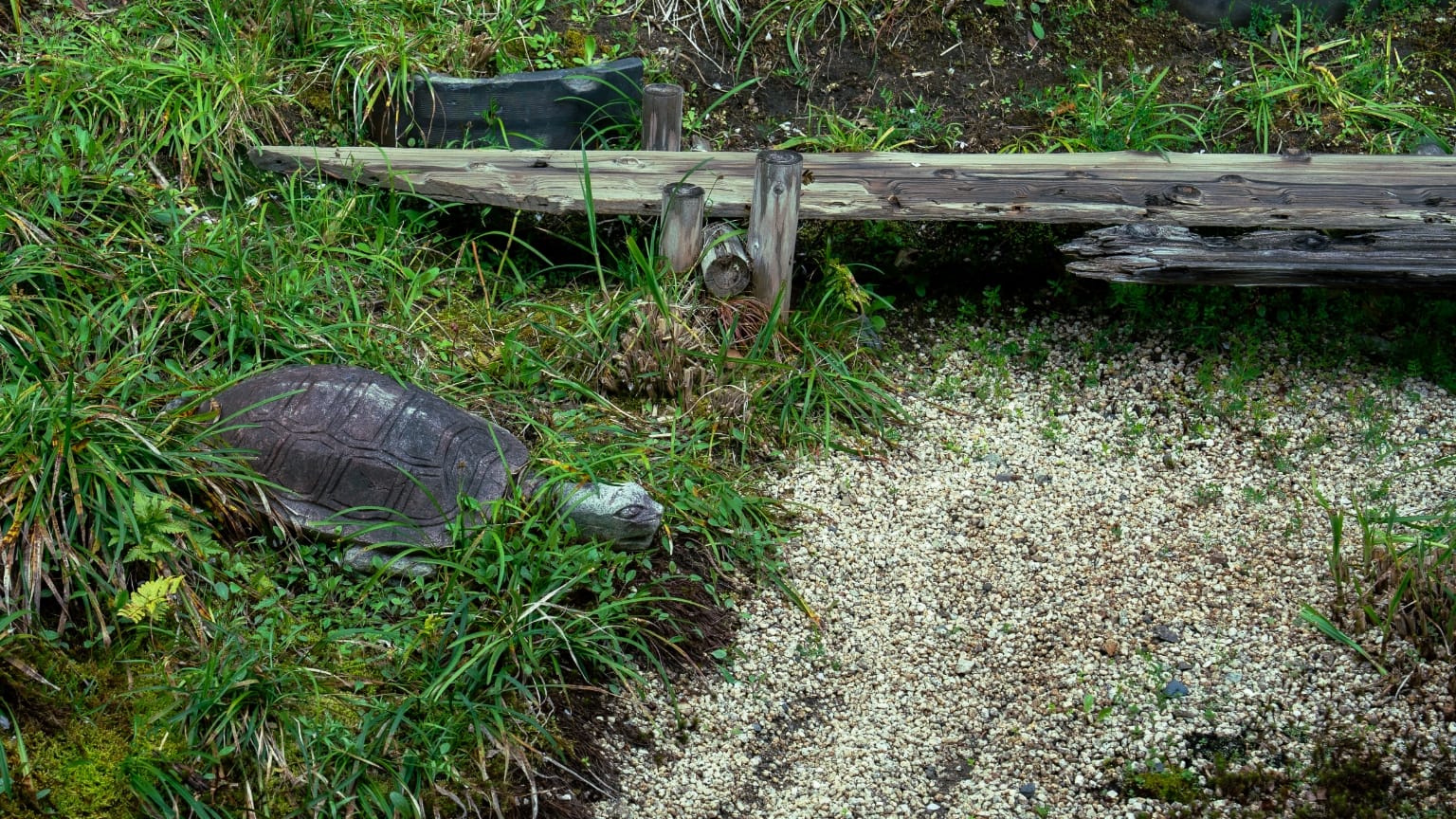
明貫造園による作庭。桟橋に見立てた古木は、約200年前の丸子船に使われていたもの。
The garden was designed by Akenuki Zoen. The old piece of wood resembling a landing was used in an old Maruko-bune boat from Lake Biwa (Shiga Prefecture) about 200 years ago.
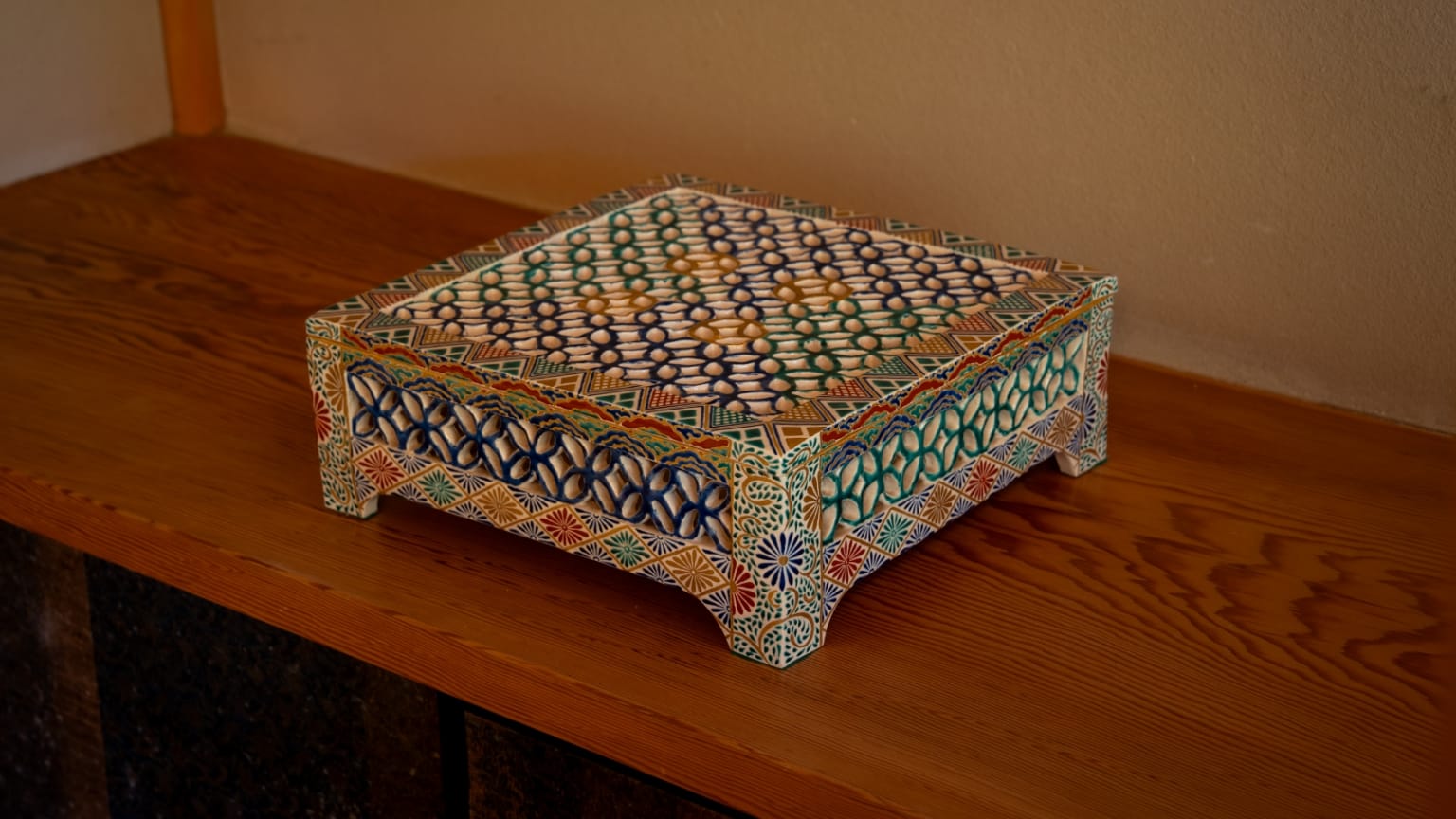
清水焼の源流となった、江戸時代初期~中期の古清水。透かし彫りの七宝紋が華やか。
A piece of Kokiyomizu ware from the early to mid-Edo period, which eventually grew into Kyoto’s prominent Kiyomizu ware. The circular shippo patterned fretwork is splendid to behold.
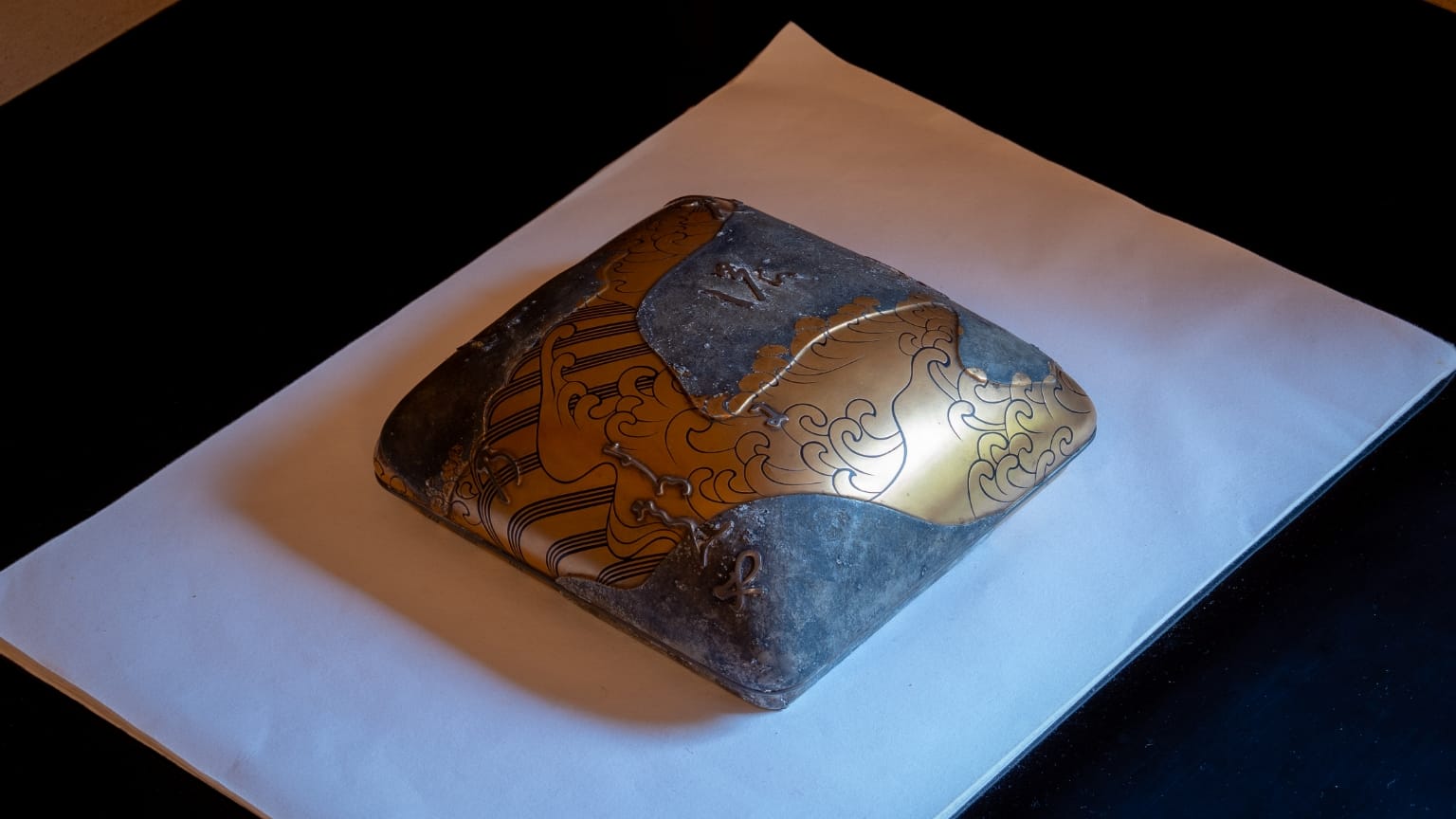
尾形光琳の硯箱。光悦の代表作 舟橋蒔絵硯箱に倣ったとされ、波間の文字は藤原敏行の恋歌。
A suzuri-bako (a case for writing implements) by the Rinpa school artist Ogata Korin. It is said to be modeled after the legend Hon’ami Koetsu’s masterpiece, the Funabashi Makie Suzuri-bako. The embossed characters depicted among the waves are from a love poem by Fujiwara no Toshiyuki.
